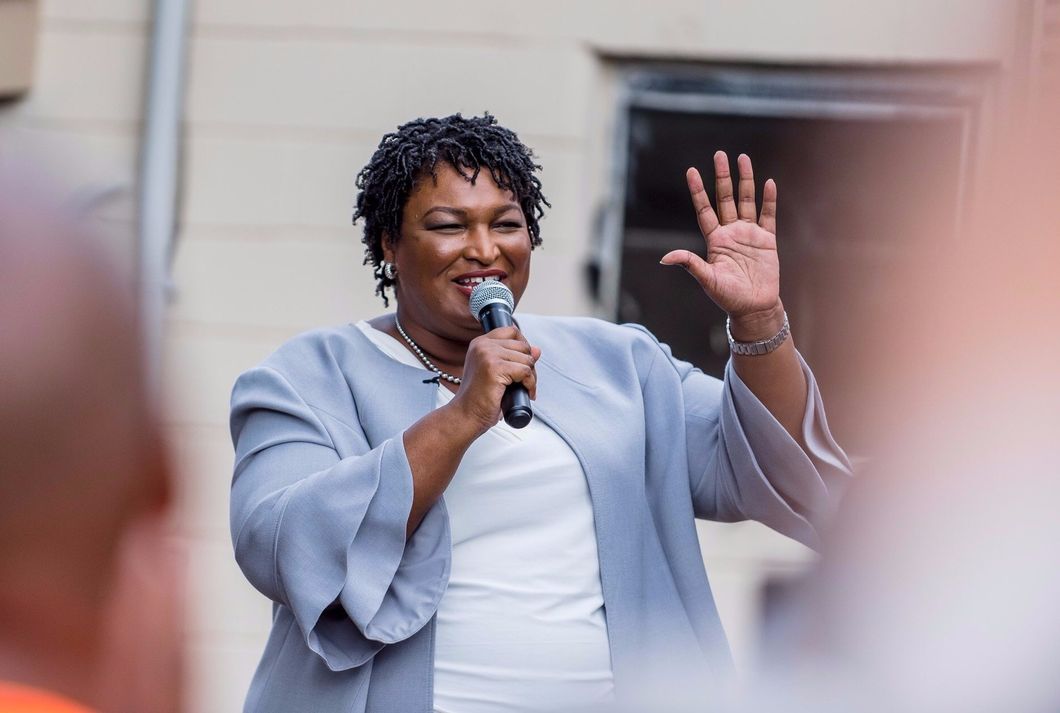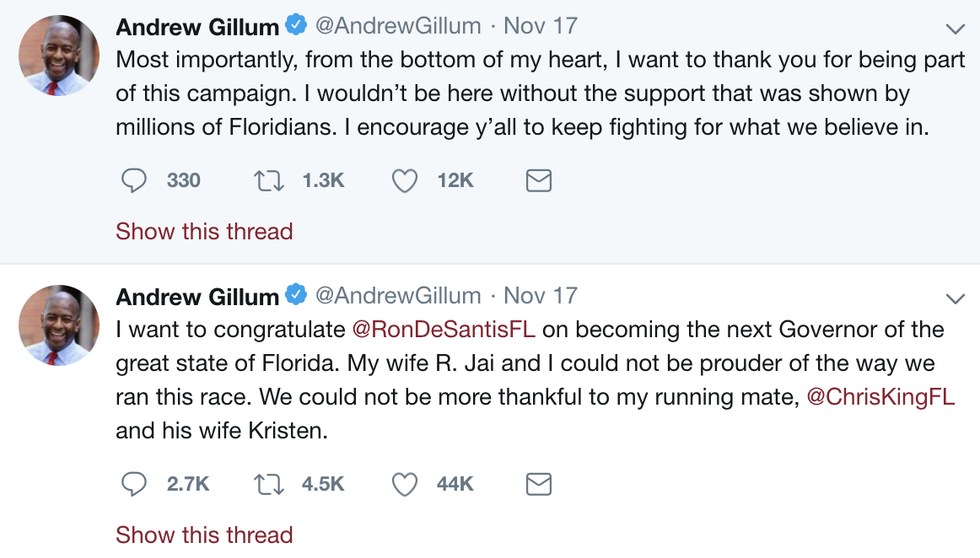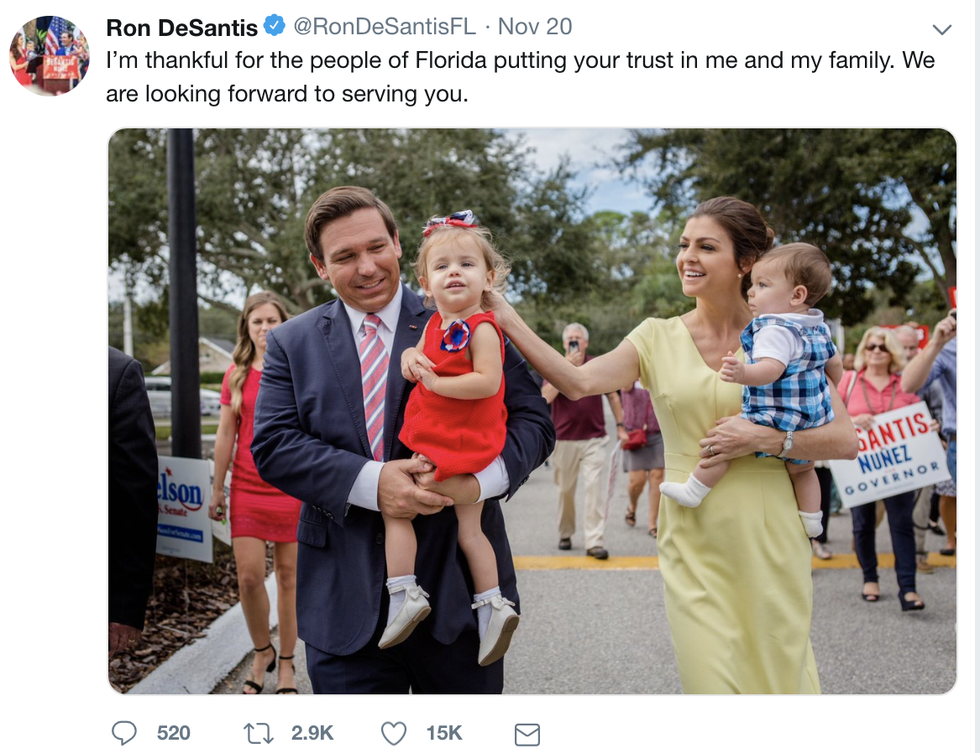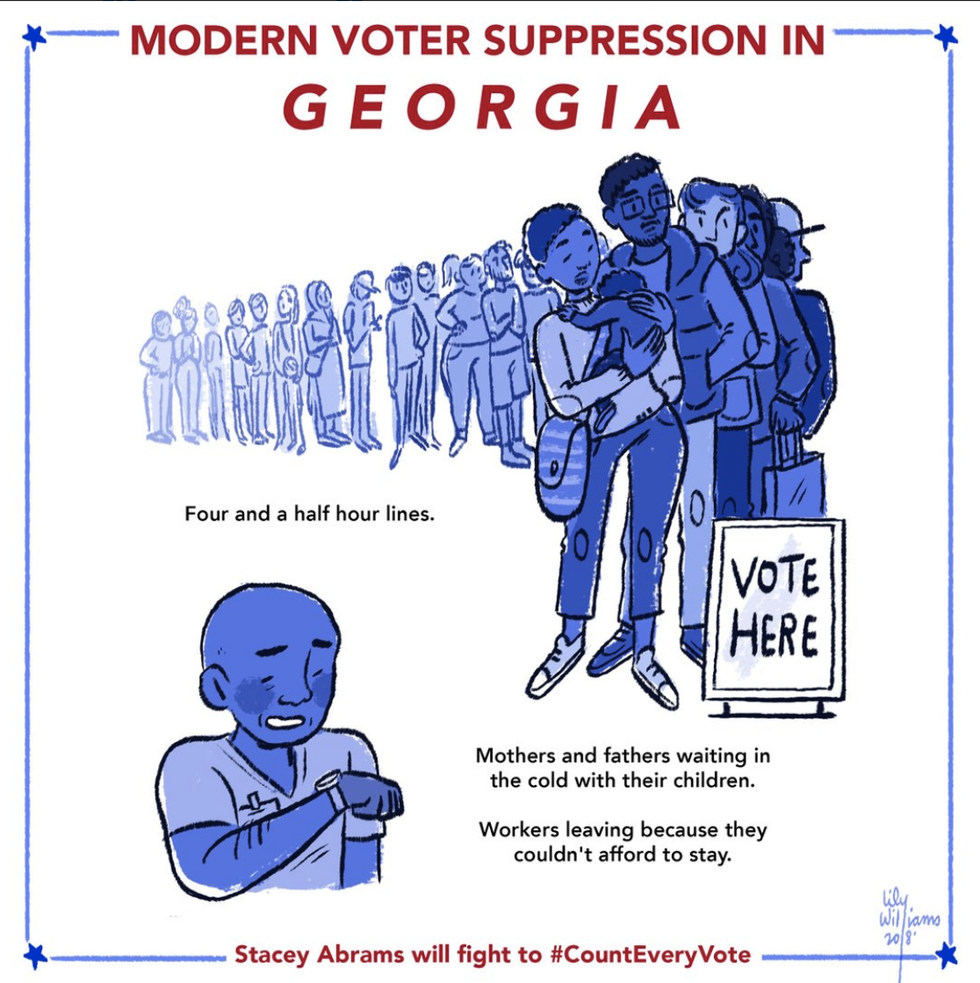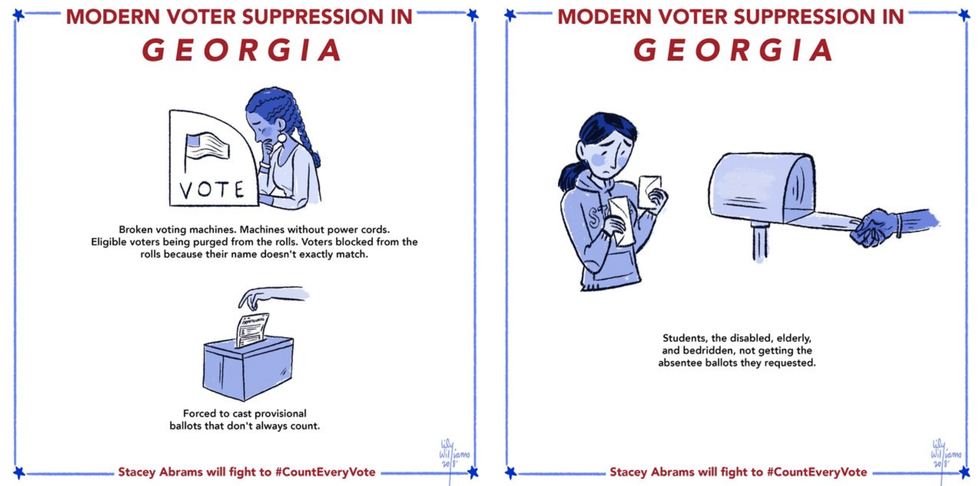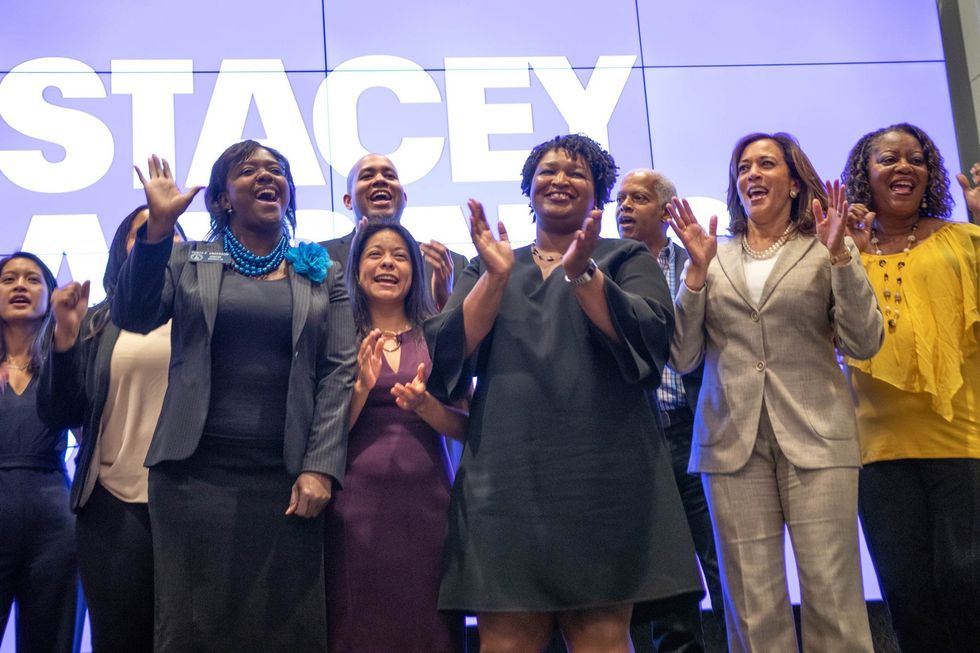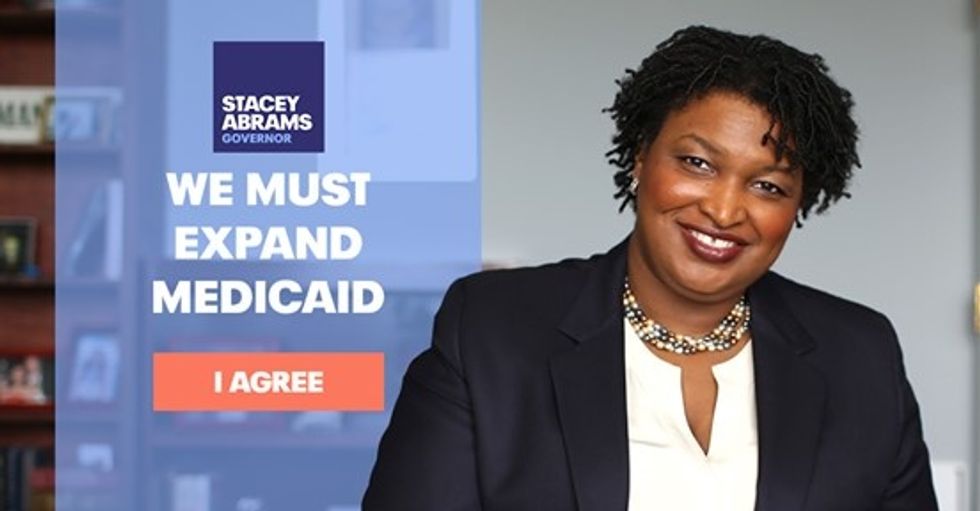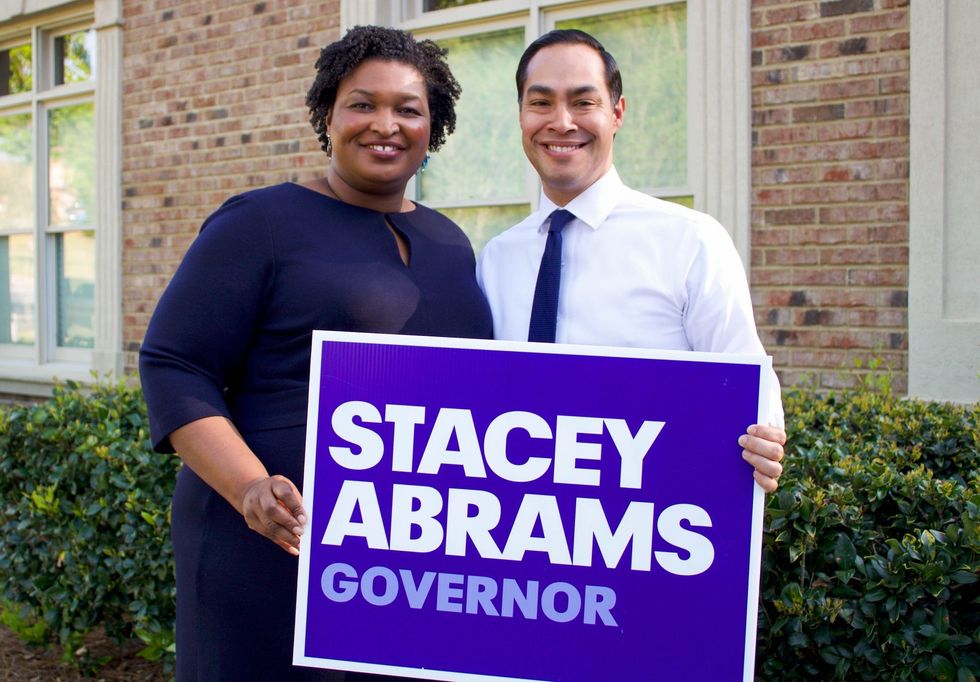5 States That Are Reopening Too Much, Too Soon — And Could Spark A Second Coronavirus Wave
These five states have been aggressive with their reopening plans. It could be disastrous for their states and for America.
With stay-at-home orders for some states being extended into May and others ending near the end of April and early May, some governors are prepping their plans to reopening their states during the pandemic.
Many are being safe, understanding that the long game is a smarter move than a reopening that is premature and could trigger a second wave of the pandemic in local communities and the national community.
But these five states have been aggressive with their plans to reopen. And it could be disastrous for their states and for America.
1. Georgia
The governor of Georgia, Brain Kemp, has gotten the most attention and flack for his plans to reopen Georgia. According to The Atlanta Journal-Constitution,
"'I don't give a damn about politics now,' said Kemp, who said he's more concerned about Georgians 'going broke worried about whether they can feed their children and make the mortgage payment.'
He added: 'And I believe this measured approach has got us to the time to trust our people and to keep going after and beating this virus, but doing it in a way that's responsible.'"
Kemp wants Georgia to reopen "... gyms, bowling alleys, salons, and some other indoor facilities closed under his shelter in place order to resume operations by Friday if they comply with social distancing requirements and meet other safety standards," according to AJC.
Theaters and restaurants will also be allowed to reopen barring they follow specific guidelines.
2. South Carolina
According to the New York Times:
"Governor Henry McMaster, a Republican, was among the last to issue a stay-at-home order and was also among the first to begin opening up his state, starting April 20. The reopening began with retail stores, which are under instructions to operate at 20 percent capacity."
Apparently, McMaster didn't feel the quarantine and stay-at-home order were big deals. With South Carolina being the state with the least amount of time spent social distancing and quarantining, this move has the potential to be dangerous.
3. Oklahoma
Governor Kevin Stitt did not issue a stay-at-home order for Oklahomans. But his approach to opening Oklahoma will be a phased approach. Phase one will keep social distancing in effect, a restriction of social gathering, and limitations on all non-essential traveling.
According to NBC, starting on May 1, restaurants, movie theaters, gyms, churches, and sporting venues can reopen if they comply with all the precautions.
4. Minnesota
Governor Tim Walz is reopening Minnesota in a move that will let between 80,000 to 100,000 workers return to their jobs.
This is a pretty unprecedented move, especially when coronavirus can spread exponentially from person to person via community spread and up to 25 percent of people carrying may be asymptomatic.
This, and other moves like it, could lead to a deadly reemergence of the disease in Minnesota and the country.
5. Tennessee
Governor Bill Lee released his own guidelines for the reopening of businesses. Some choice guidelines include, "screen customers with basic questions about COVID-19 symptoms," "establish one-way aisles and traffic patterns for social distancing," restaurants should "limit occupancy to 50% of seating capacity," and retailers should "limit customer occupancy to 50 percent of store capacity."
While having some guidelines are better than having none at all, these are kind of wild to think about. Screening customers about COVID-19 symptoms won't determine if they do or don't have the disease since many are asymptomatic. And having a limit of 50 percent occupancy is still a lot of people and hard to strictly enforce.



